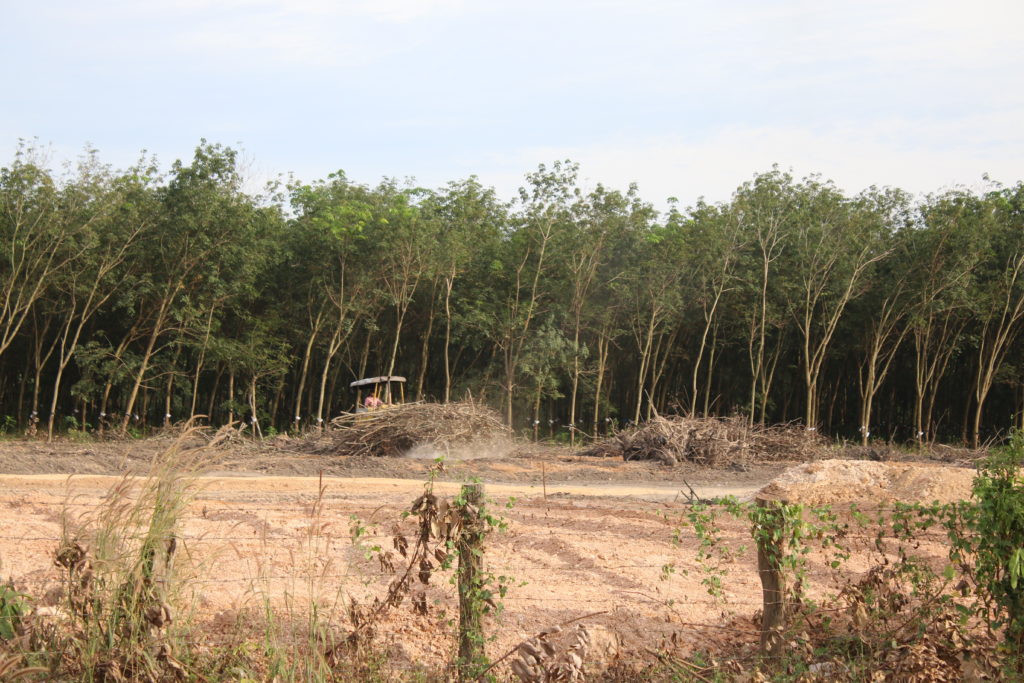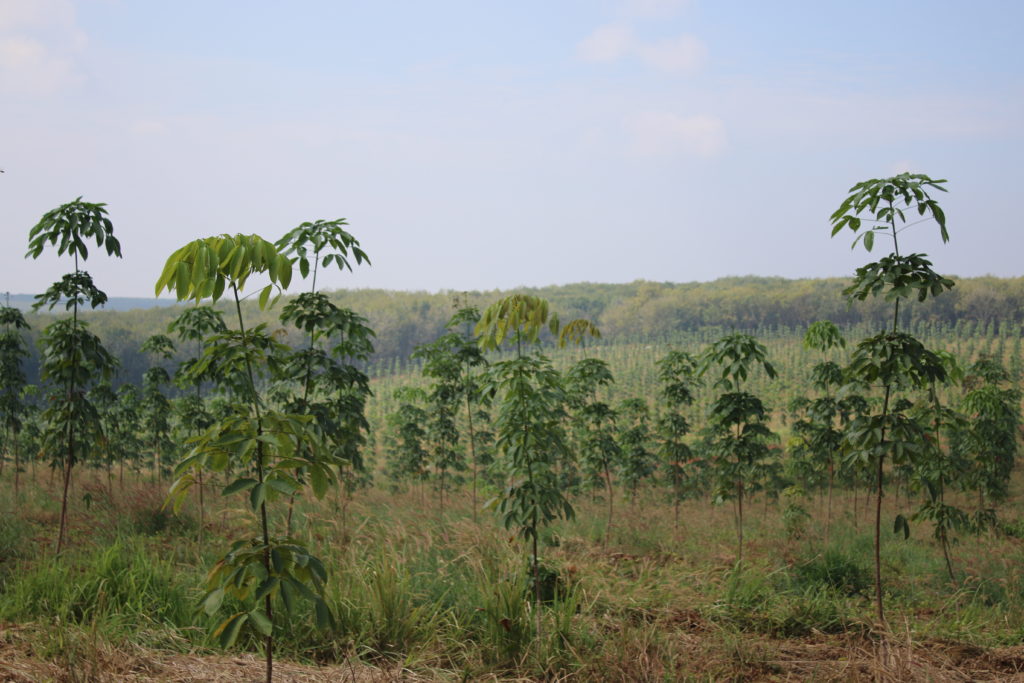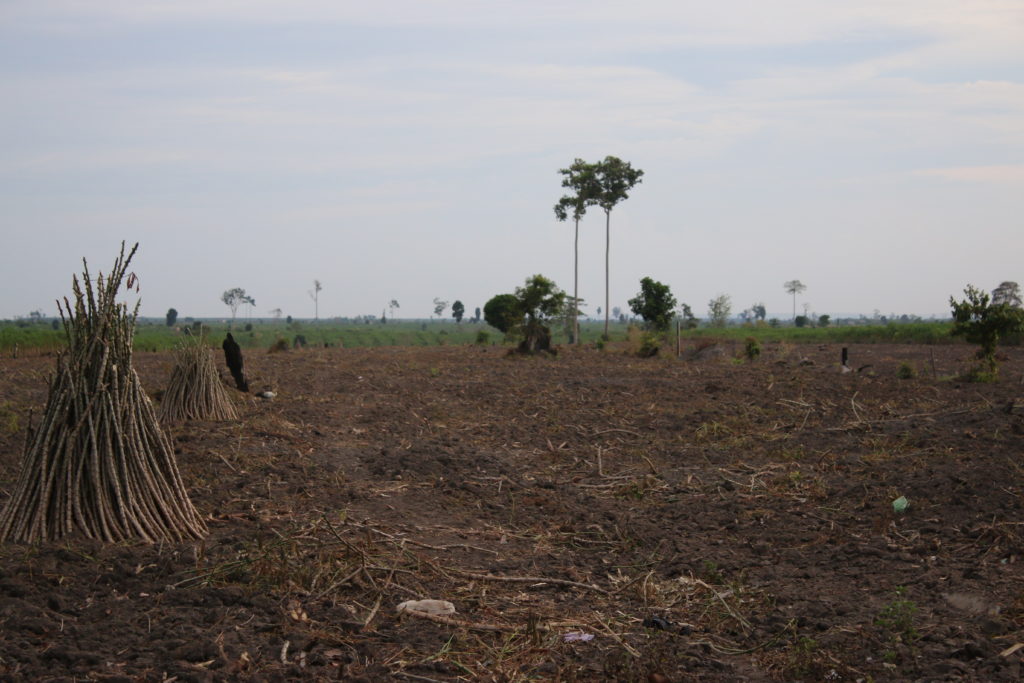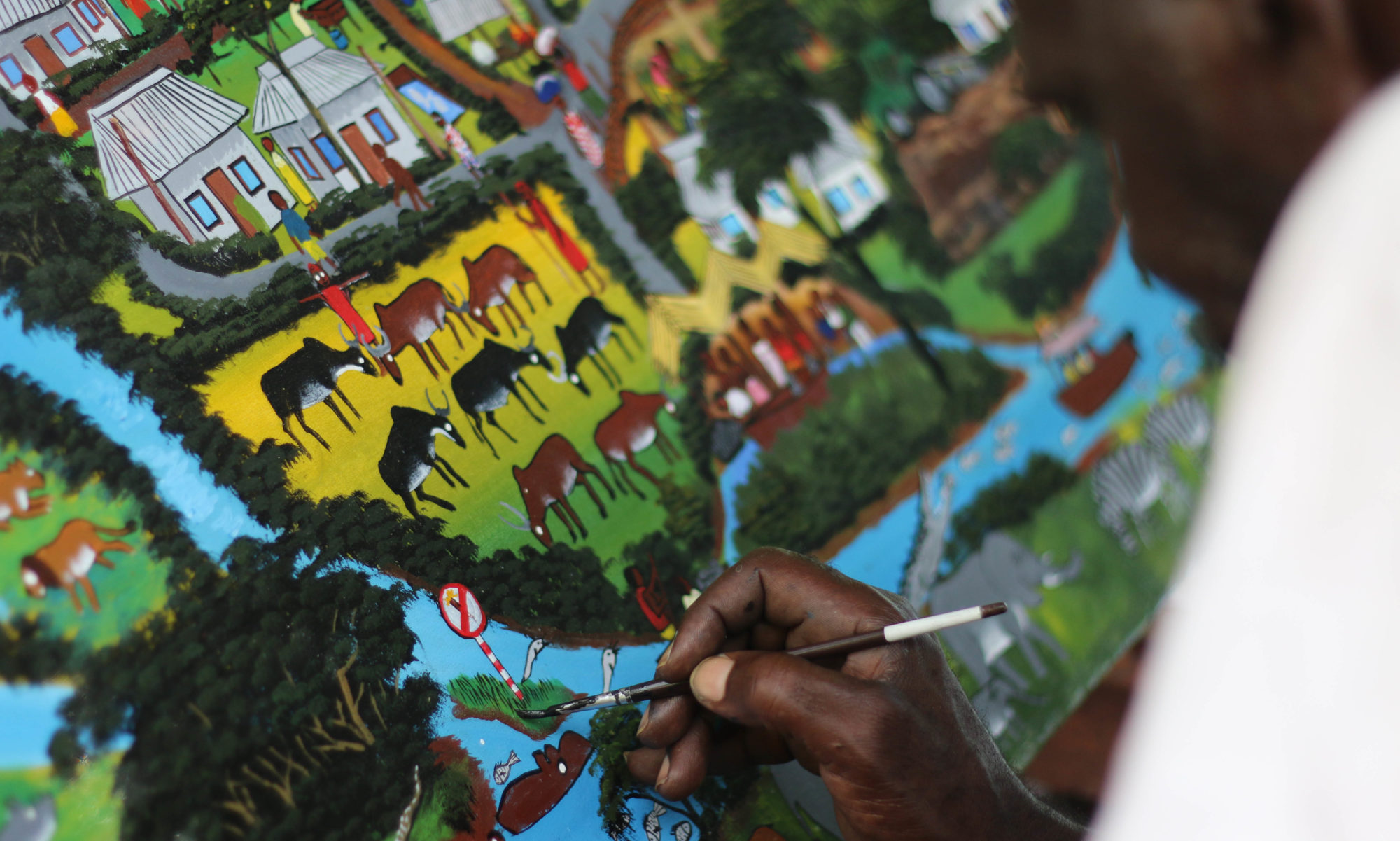I just published a paper entitled “Foreign demands for agricultural commodities drive virtual carbonexports from Cambodia” in Environmental Research Letters, together with my colleagues Stefan Olin and Jonathan Seaquist. The paper is published under Open Access license, so it’s available for everyone who wants to read and learn about the topic (which I think is crucial for science, and in particular sustainability science if we want to create awareness and spurr societal change towards sustainability).
During the last year I’ve been working on a short (1 year) research project in Cambodia. It’s a very interesting country from a historical, geo-political, and socio-environmetal perspective. It’s one of the poorest countries in the world, also with one of the highest deforestation rates in the world. Much forest has been cut down for the purpose of establishing large-scale rubber plantations, but there are also large areas with cassava and sugarce. The research we did was mainly an attempt to quantify how much carbon (stored in vegetation) that has been lost over the past 30 years, and we quantified this with land cover classifications (from annual satellite images) and modelling of carbon pools. The maps of annual carbon pools could then be used to see trends over time, and also what type of land cover changes that have contributed with losses or gains in carbon. We used spatial data of protected areas (nature reserves, wildlife sanctuaries, etc) and land grabs (or economic land concessions as they are called in the Cambodian context) to see the changes in carbon in these specific areas (sometimes protected and exploited areas are overlapping). We found that areas with economic land concessions have higher carbon loss rates than other areas in Cambodia.

Here is the abstract for an overview of the paper:
Rapid deforestation is a major sustainability challenge, partly as the loss of carbon sinks exacerbates global climate change. In Cambodia, more than 13% of the total land area has been contracted out to foreign and domestic agribusinesses in the form of economic land concessions, causing rapid large-scale land use change and deforestation. Additionally, the distant drivers of local and global environmental change often remain invisible. Here, we identify hotspots of carbon loss between 1987-2017 using the dynamic global vegetation model LPJ-GUESS and bycomparing past and present land use and land cover. We also link global consumption and production patterns to their environmental effects in Cambodia by mapping the countries to which land-use embedded carbon are exported. We find that natural forests have decreased from 54 to 21% between 1987 and 2017, mainly for the expansion of farmland and orchards, translating into 300 million tons of carbon lost, with loss rates over twice as high within economic land concessions. China is the largest importer of embedded carbon, mainly for rubber and sugarcane from Chinese agribusinesses. Cambodian investors have also negatively affected carbon pools through export-oriented products like rubber. The combined understanding of environmental change and trade flows makes it possible to identify distant drivers of deforestation, which is important for crafting more environmentally and socially responsible policies on national and transnational scales.


